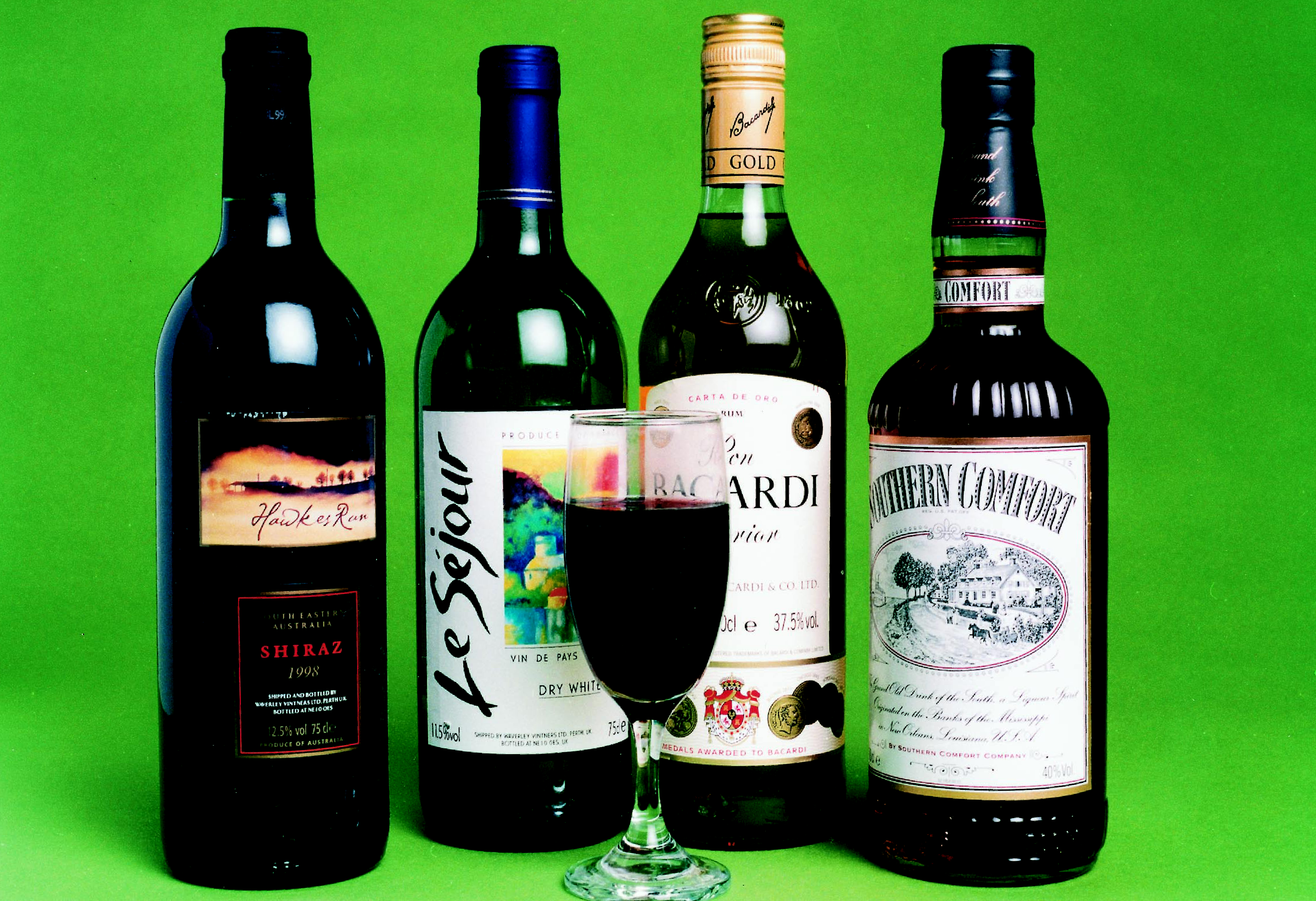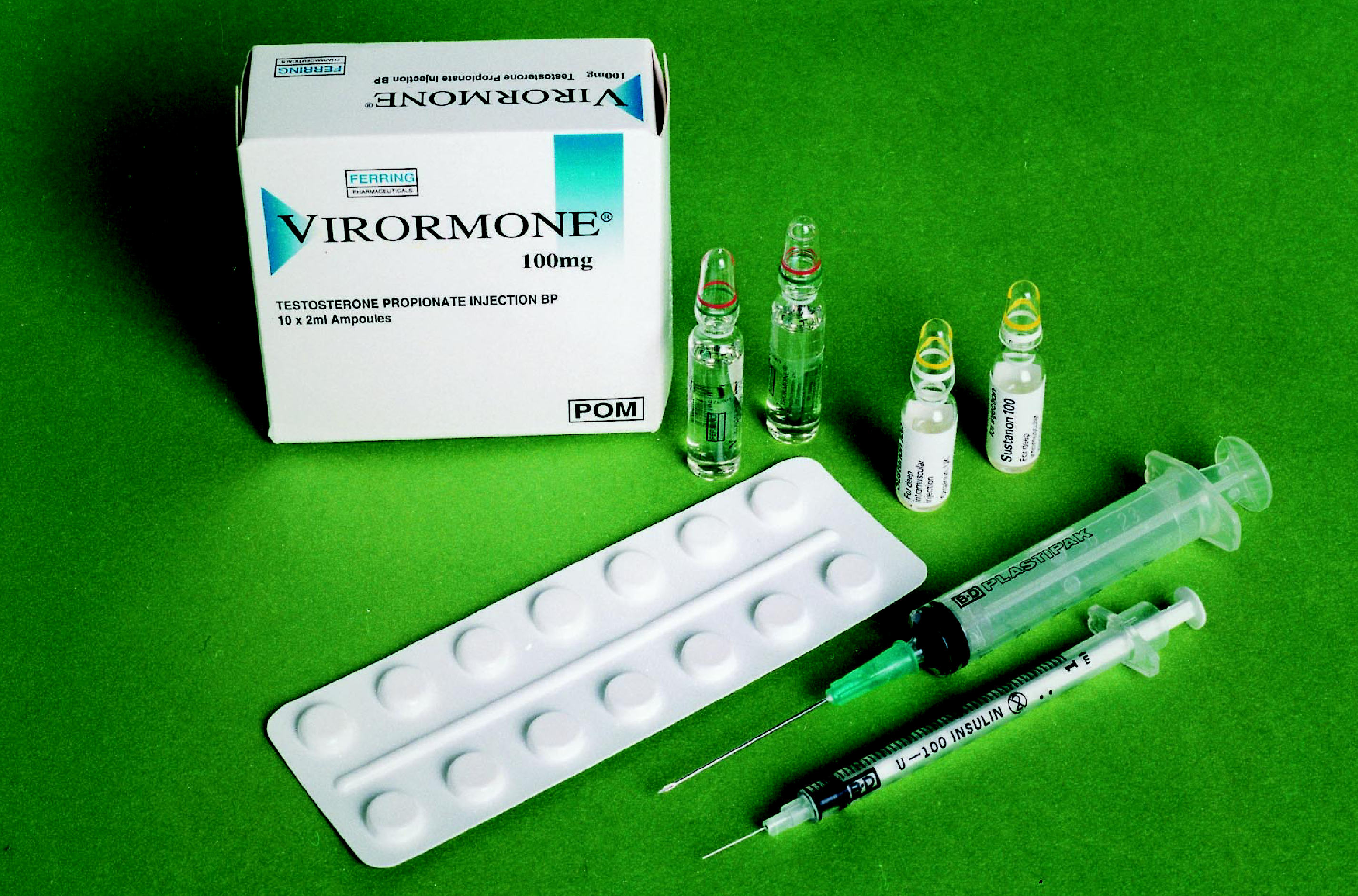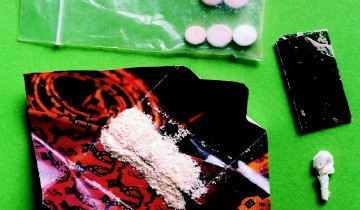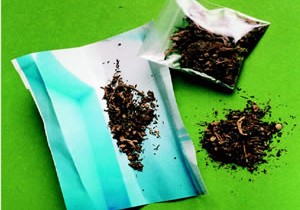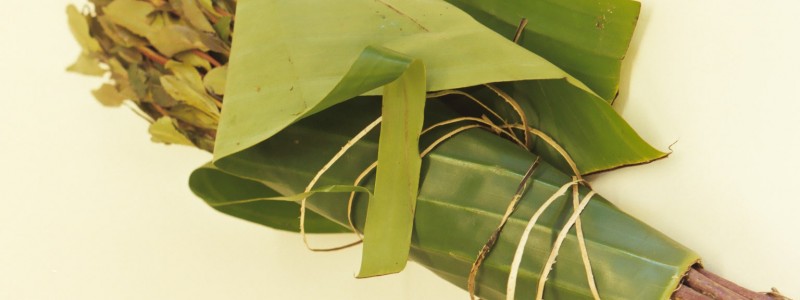
Contact drugsandstuff.co.uk if you’d like to organise drug training for your organisation.
Street names
Commonly known as qat (pronounced cot), quatt, kat, tchat (in Ethiopia), qaadka or chat in certain Middle Eastern and East African countries.
Description
Khat is a green leafy plant cultivated throughout eastern Africa for its stimulant effect. It can be chewed or drunk. It’s been said that a khat chewing session fulfils an important social function similar to the use of caffeine and alcohol in Europe, but some say that it is specifically harming men in the Somali community in Britain. A khat chewing session may last 3-5 hours.
Khat’s main effects are similar to, but less powerful than, amphetamine(speed).
Possible short-term indicators
- Following mild euphoria and ‘talkativeness’, users often report a calming effects.
- Inflammation of the mouth and other parts of the oral cavity is common with khat users.
Possible longer-term indicators
- Psychological dependence can occur.
- Prolonged and excessive use can bring on depression, anxiety and irritation, sometimes leading to psychosis (severe mental disorder in which the individual’s contact with reality becomes highly distorted).
- Excessive use may lead to heart disease and loss of sex drive in men.
- Increased risk of oral cancer.
Harm reduction
- Refer to general suggestions.
- Khat is sometimes grown using human excrement as a fertiliser. Wash khat before it is chewed.
Legal status
On 24 June 2014 khat became a Class C drug which means it is illegal to have or to supply khat.
It is also be an offence to bring khat into the country, so if you’ve been abroad to a country where khat is legal you cannot bring it back to the UK with you.
